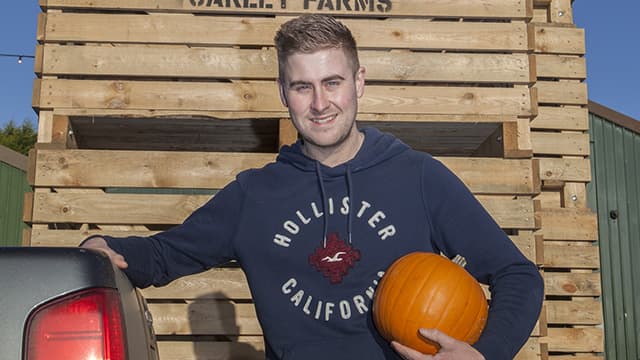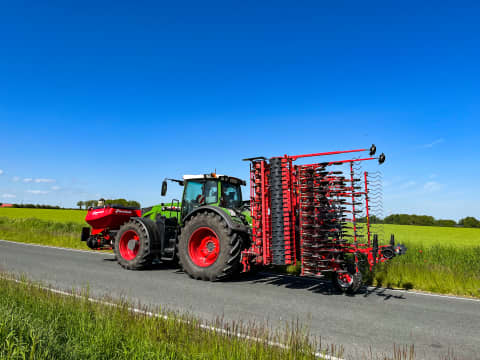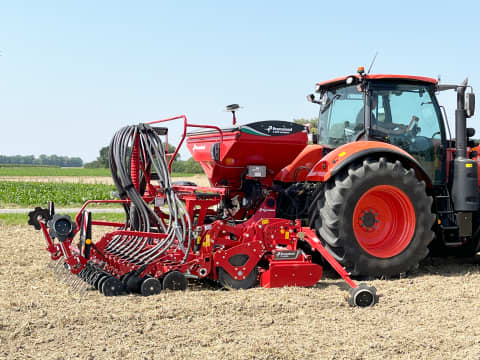Cambridgshire grower Oakley Farms, relies on 150 staff to hand-weed its 850-acre crop on a weekly basis, as it strives to produce four million pumpkins annually.
“We have been able to carry out a small amount of tractor hoeing by running between the rows,” explains Tom Brown, who runs the family farming business with his father, David. “With plant spacings along adjacent rows being so variable, it has been impossible to carry out mechanical weeding across the rows.”
It has left the farm with little option but to integrate hand-weeding with mechanical hoeing.
However, the 2016 growing season saw a new level of efficiency arrive at Oakley Farms, as a six-row Kverneland Optima V drill was bought to improve planting precision. Equipped with electric seed metering drive and making the most of RTK signal accuracy to run its GEOSEED capability, the new drill was able to place seeds in a precise, 75cm grid pattern.
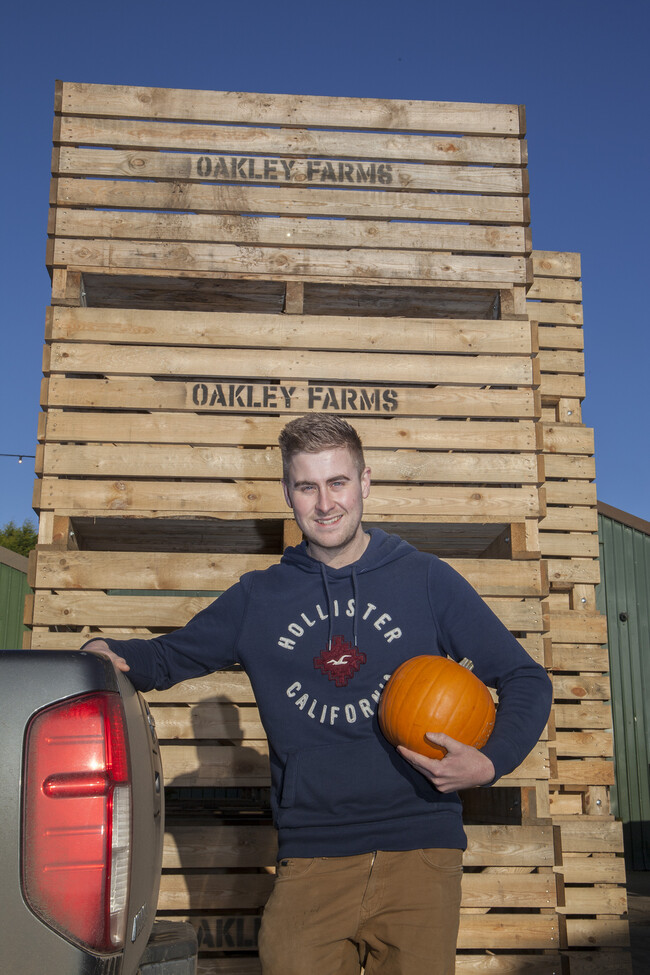
Tom Brown says precision seed placement with the Optima V has led to greater use of mechanical hoeing equipment to keep its crop free of weeds.
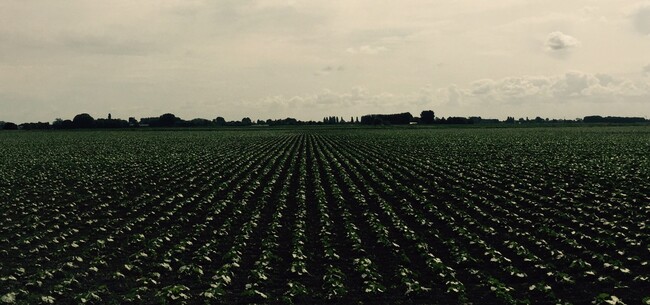
GEOSEED has enabled plants to be grown in a 75cm grid.
“We have perfectly spaced pumpkins from this new drill,” he says. “And this level of precision means we can now use our RTK signal to hoe across the rows in addition to running between the rows.”
Where one person can manually weed an acre/day, mechanical weeding can be up to 100 acres/day.
“We have been so pleased with the repeatable accuracy of seed positioning from the drill, that I am now looking replace our 8-row mechanical hoe with a much wider, 12-row unit.”
Despite the obvious efficiency gains, this new-found level of operating precision won’t be rolled out to the entire crop.
“We have to spread our risk to make sure we can supply our customers with the right calibre and quantity of produce come Halloween,” he says. “So we drill around 500 acres, with the remaining area getting transplanted pumpkin plants that have been established in poly tunnels.”
“While the drilled crop is much more productive and efficient, it comes with a greater risk of failure compared to transplanting an established seedling,” he adds.
Spreading risk does come at a cost - the nine-gang transplanting team can cover just 15 acres/day, compared to 50 acres/day drilled with the Optima V. And seedbeds for transplanted crops need more preparation too, compared to drilling.
“The challenges of growing such a big crop of pumpkins to meet supermarket deliveries also means we choose several different varieties, which afford different harvesting dates.”
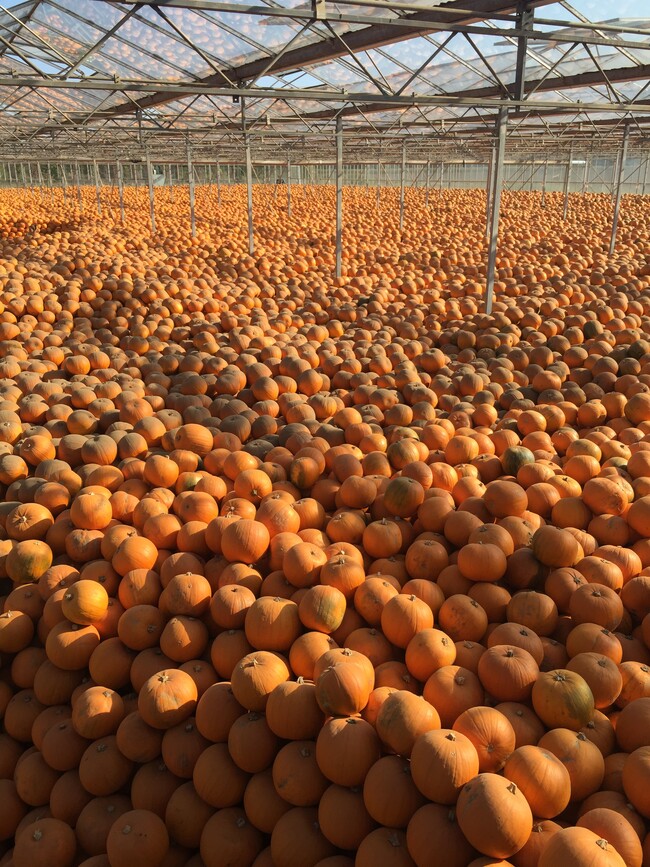
Oakley Farms runs like a well-oiled machine. It starts drilling the crop in early May, with the pumpkin harvest getting under way by the third week in August. With gentle handling essential to preserve the tender orange fruit, a fleet of three bespoke harvesters lets the farm lift a modest total of 15 acres/day.
It too remains a labour-intensive task, as pumpkins are washed in-field during the harvesting process then transferred to poly tunnels glass houses where they are cured to allow skins to toughen.
“This lets us sift out anything that won’t be good enough for major multiples,” he says.
With harvesting complete and the crop suitably cured, the team switches its attention to packing and distribution, where around 1,000 lorry loads are sent out within a three-week window.
“2016 has been a much more productive season for us, thanks to the improvements in efficiency that the Kverneland drill has provided,” he says. “We’ve invested heavily in labour and equipment to ensure we can continue to deliver what our customers want, exactly when they need it.”

